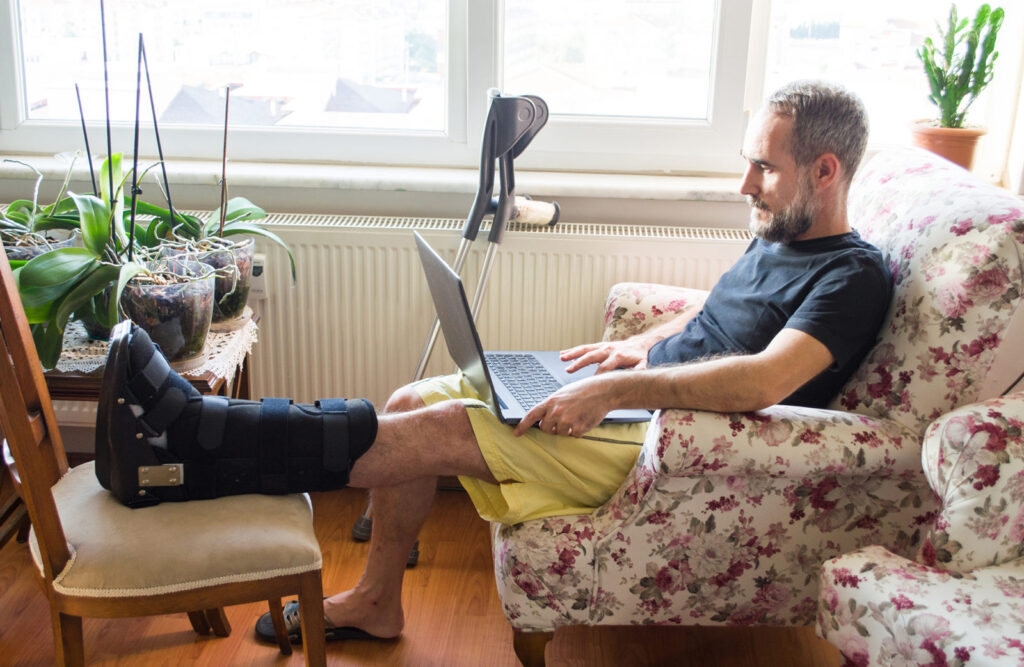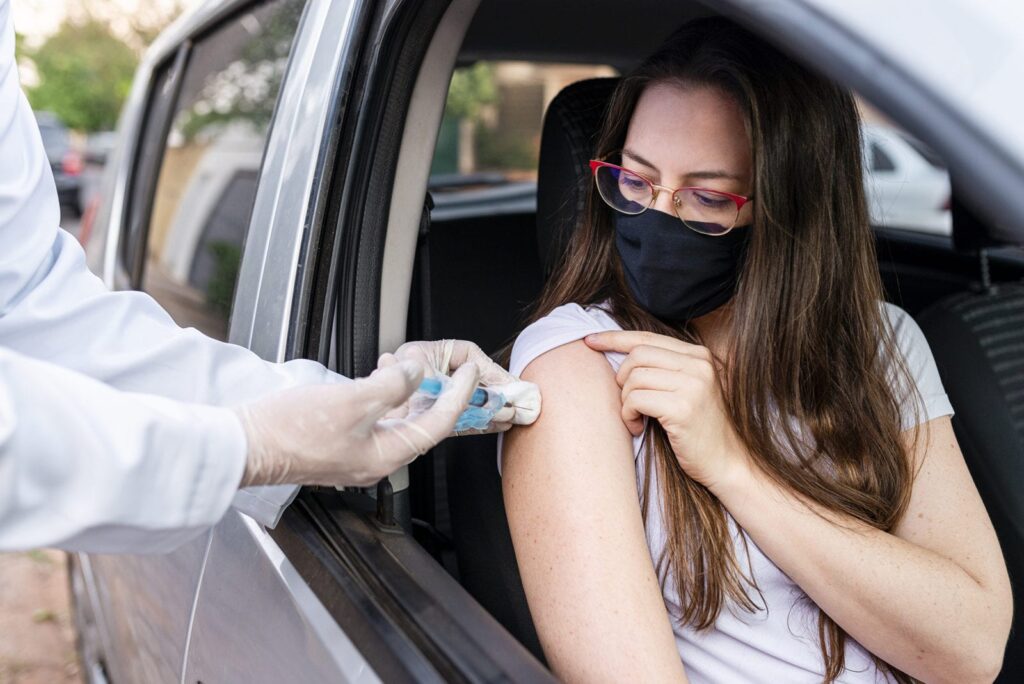
Medecision is committed to helping the healthcare system achieve the Quadruple Aim, and a key component of that is improving the patient experience. During this National Patient Experience Week, we are highlighting how the healthcare industry is improving experiences for patients.
By Medecision
Clinical outcomes have long served as the main measure of success for healthcare organizations. Although clinical outcomes are still of the utmost importance, the shift toward value-based care means that patient experience and engagement are also emerging as critical considerations for industry leaders.
As in industries like hospitality or banking, patients (i.e., customers) rely on their personal experiences to evaluate their purchasing decisions. If a patient has a negative experience with a physician at hospital A, he may take that into consideration the next time he has a medical issue and instead visit hospital B.
Many healthcare organizations have started thinking about patients as customers and taking steps to improve the patient experience. Below, we highlight four of our partners and the work they are doing to improve the patient experience.
CareCentrix: Making Health Accessible at Home
In 2020, in the era of COVID-19 and social distancing, it became clear that the safest place a person could be was home. CareCentrix, a Hartford, Connecticut-based healthcare organization that works with payers and providers to improve quality and lower costs by allowing patients to heal at home, understands that the future of healthcare is in the home. The company manages care for more than 17.5 million members across 8,000 provider locations around the country.
CareCentrix knows that one of the first steps in improving patients’ care is to understand their personal needs. During home health visits, CareCentrix collects data and uses artificial intelligence (AI) to determine health risks and gaps in care. It also monitors patients’ social and emotional health, daily activities and safety factors. This is all done from the comfort of a patient’s home, thanks to virtual health tools that allow patients and CareCentrix providers to communicate through HIPAA-compliant video chats, email and text messaging.
NYC Health + Hospitals: Staying Connected With Patients
Within weeks of the United States becoming the epicenter of the coronavirus pandemic, New York City became one of the hardest-hit cities, with more than 122,000 patients and more than 4,000 deaths in just a little over a month. For NYC Health + Hospitals, the largest municipal healthcare system in the country serving 1.4 million patients, it was essential to keep patients informed and connected with critical information. In addition to staying connected with patients, the organization also faced the challenge of keeping hospital volumes low as it prepared for a COVID-19 surge.
That’s why NYC Health + Hospitals created a clinician-staffed COVID-19 hotline for all New Yorkers. By May 1, 2020, the hotline had received more than 90,000 calls. Clinicians “provided callers with clinical assessment and guidance, registered them for home symptom monitoring, connected them to social services, and provided a source of up-to-date answers to COVID-19 questions,” according to a June 2020 report published in Health Affairs.
The hotline was available for every New York resident, regardless of insurance coverage, income or even immigration status. If New Yorkers needed assistance or information about the coronavirus, they were able to speak directly with a clinician about their concerns.
CareOregon: Tackling Social Determinants of Health
CareOregon, a nonprofit community benefit company serving about 375,000 Oregon Health Plan Medicaid and Medicare members in Portland, Oregon, outlined several strategies for tackling social determinants of health during the COVID-19 pandemic. CareOregon serves members of the vulnerable and medically fragile populations in Oregon, and at the beginning of the pandemic, it began preparing for an increase in Medicaid members due to the economic impact of COVID-19.
CareOregon quickly began reaching out to high-risk members, helping them stay healthy in the midst of a government-mandated stay-at-home order. Like many other health insurance companies, to help reduce the spread of COVID-19, CareOregon worked with local housing organizations and motels to arrange housing for members who needed to quarantine or who were at risk. With the uptick in telehealth, CareOregon realized that access to care was not possible without the technology—and the organization began supplying smartphones to many of its members to improve access to care.
Network Health: Lowering Pharmacy Costs
Network Health, a provider-owned health insurance company, serves members across Wisconsin. Through a partnership with Express Scripts, Network Health offers a committed clinical pharmacy staff and pharmacy benefit management. In 2020, Network Health debuted its new Aerial-enabled pharmacist intervention savings program, with a fully integrated workflow that allows pharmacists to collaborate with utilization management, condition management, care management and wellness teams, and to measure success from within their Aerial implementation.
The Aerial-based pharmacist intervention savings program has a projected combined plan/member savings averaging more than $3,400 per program. This success also impacts member satisfaction, as members have started saving money on their prescription medications. Network Health’s Medicare Advantage plans have an overall rating of 4.5 out of 5 stars from the Centers for Medicare and Medicaid Services (CMS)—and its drug plan service has a 5-star rating.



About The Author: Medecision
Fully delivering on the promise of data — and making the business of healthcare simpler and more successful — Medecision offers a whole new world of possibilities. The company's flagship offering, Aerial™, stands as the market's most extensible clinical data platform. It offers complete contextual awareness of members and automates next best actions — simple campaigns, complex care management, utilization approvals, and more — for optimal health outcomes.
Aerial is not only quick to deploy, it is easy to manage. The platform's effectiveness in reducing both medical and administrative costs, coupled with its role in improving the member and patient experience, has made it the preferred choice for health plans and care delivery organizations. Presently, Aerial is instrumental in catering to over 10% of the U.S. population, marking a significant milestone in advancing healthcare efficiency and effectiveness.
More posts by Medecision